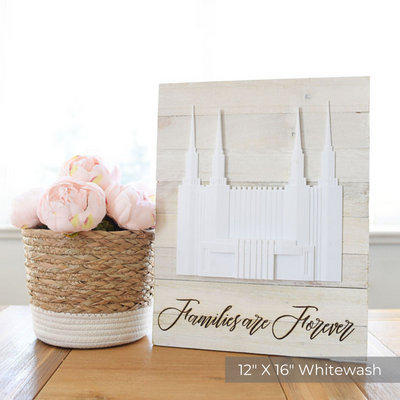Dia de Los Muertos
By Anne Maxson
Last month, I went to spend some time with my extended family while helping with a funeral for my uncle. During my time with them, we visited the cemetery where some of my grandparents and great-grandparents are buried, located near my mother’s childhood home in the suburbs of Minneapolis, Minnesota.

As we started to drive there, my mom insisted that she give me directions instead of listening to the GPS. I knew this could be tricky; my mom is legally blind and hasn’t driven in that area in over 15 years. Yet it seemed important for her to demonstrate that she could still find her way around her hometown. I admit, it required some patience to allow her to fulfill this wish, but I could hear the determination in her voice. Each turn she recalled brought her closer to cherished memories, moments from her past that shaped her life.
When we arrived, we met a cousin and made our way to the cemetery office to get a map of the vast grounds. Even with the map in hand, it was a bit of a challenge to locate the right spots among the sprawling rows of headstones. Our first stop was where my mom’s maternal grandparents were buried, along with some great aunts and uncles. Due to her father being deployed in World War II, my mom had lived with these grandparents for the first three years of her life. As she stood by their graves, I could see her reflecting on stories she had shared over the years, stories filled with warmth, laughter, and the occasional tear.
As we walked, I noticed how quiet the cemetery was, a serene backdrop for our thoughts and memories. It was apparent that not many people had visited recently. The overgrowth made it difficult to read some of the names engraved on the plaques, and it saddened me to think that these family members, once vibrant and full of life, now lay forgotten beneath the grass. Thankfully, my cousin had brought along some supplies to cut away the grass and brush off the dirt. As we cleared the area, it felt like a sacred opportunity to provide service to those relatives who had passed on, honoring their memory with our hands and hearts.
In that moment, I thought of Día de los Muertos. This vibrant celebration, observed on November 1 and 2, honors deceased loved ones with colorful altars, offerings, and joyful festivities. It blends Indigenous customs with Catholic influences, emphasizing the connection between the living and the deceased.
As members of the Church of Jesus Christ of Latter-day Saints, we hold a similar belief in the eternal nature of families and the significance of remembering our ancestors. The focus on family connections resonates deeply within our teachings. Each visit to the temple is a sacred experience, a moment to reflect on the lives of those who came before us and the impact they had on our own journeys.
As we continued to tidy up the graves, I couldn't help but feel a sense of unity among us. Each snip of the shears and each brush of the dirt felt like a prayer of gratitude for the lives lived and the lessons learned. It was a simple act, yet it deepened our connection not just to our ancestors but to each other as a family.
In that sacred space, amidst the fallen leaves and quiet memories, I realized that both our tradition of honoring our deceased and Día de los Muertos serve as powerful reminders of the love that transcends time and space. We are all part of a larger tapestry, woven together by the threads of family, faith, and enduring love.
























Thank you for sharing this very special experience! We know from Christ’s Atonement that we will reunite with our loved ones, but it is our spiritual obligation, and privilege to honor them while here on earth.
Leave a comment